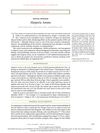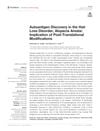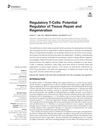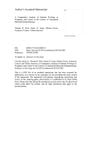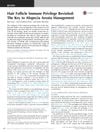T-Cell Induced-Self MHC Class I/Peptide Complexes May Enable De Novo Tolerance Induction to Neo-Antigens Occurring Outside of the Thymus
October 2016
in “
Experimental dermatology
”
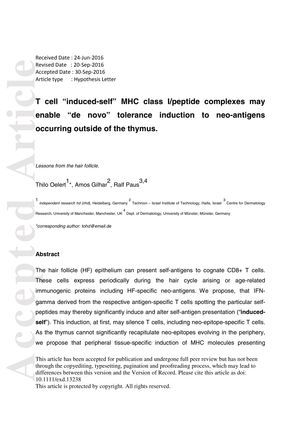
TLDR Hair follicles may help teach the immune system to tolerate new self-antigens, but this can sometimes cause hair loss.
The study proposed that hair follicle (HF) epithelium could present self-antigens to CD8+ T cells, including HF-specific neo-antigens that arise during the hair cycle or with age. IFN-gamma from these T cells might induce and alter self-antigen presentation, initially silencing T cells, including those specific to neo-epitopes. Since the thymus cannot replicate neo-epitopes from the periphery, peripheral tissue-specific induction of MHC molecules presenting these neo-epitopes by self-MHC/peptide-reactive CD8+ T cells was suggested as crucial for self-tolerance. However, this process could lead to HF immunopathology, such as alopecia areata, when HF immune privilege collapses. This concept aimed to complement thymus-based self/non-self-discrimination models by introducing the "induced-self" mechanism to maintain self-tolerance in peripheral tissues.
